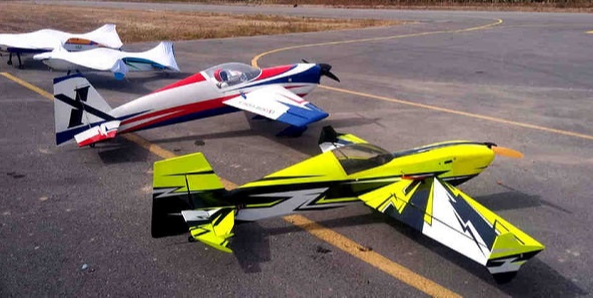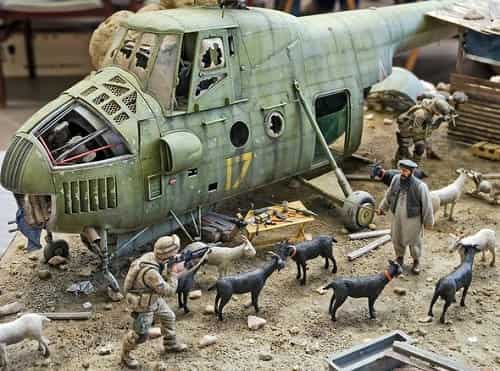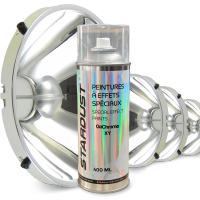All Products are in stock
and shipped from France.
Delivery within 48 hours.
and shipped from France.
Delivery within 48 hours.
Our categories
 Acrylic varnishes to be applied with an airbrush
Acrylic varnishes to be applied with an airbrush
This article is intended for all people who are dedicated to one of the areas covered by the practice of airbrushing and who wish to know more in particular about Stardust pro airbrush paints for model making. For example, what is the varnish to use ? For what type of medium ? And what level of resistance ?
Aside from a few rare solvent-based varnishes (Alclad or Stardust Graphic), there are very few brands that don't center all of their offerings on water-based acrylic varnishes.
Why ?
Airbrushing is above all a discipline practiced at home, at home, or in the warmth of a small workshop, and the constraints linked to odors and the harmful nature of solvent-based varnishes weigh heavily in the balance, in the face of to the requirement of quality and resistance.
Modern acrylic varnishes provide a very honorable resistance and finishing qualities, that is to say very satisfactory shine or matteness, for the fields of model making, miniatures, or any type of customization work, from video game controllers, to mobile phones, or scooter helmets.
Acrylic varnishes for airbrush paints
While water-based varnishes have been one of the chemical industry's biggest failures, the chemical and automotive giants, as well as European and American politicians who wanted to impose mandatory produce and use water-based varnishes on vehicles, since this has never been possible, it can be said that in the field of airbrushing, these Hydro varnishes have been accepted and their performance has been pushed to their maximum.
Today, you can find varnishes such as Createx's UVLS which represent marvels in terms of grip, shine and resistance. And this same type of acrylic varnish was produced by Stardust in Europe.
The qualities required to be appreciated in the airbrush world for an acrylic varnish are first of all a good level of fluidity, in order to be easily usable by the fine airbrush nozzles of artists and other model enthusiasts .
No more slow drying and streaking of old acrylic airbrush paint varnishes !
Varnishes dry exceptionally quickly and can create layers reminiscent of auto body varnishes.
Of course, when it comes to the resistance of airbrush paints and acrylic varnishes, you cannot reach the same levels as those of cars. Nevertheless, today there are water-based and two-component acrylic varnishes, that is to say with a hardener that comes very close to the performance of solvent-based passion varnishes.
 Clarification around the term acrylic
Clarification around the term acrylic
Many users refer to acrylic varnish as water-based varnishes, that is, whose dispersing and diluting solvent is water.
Well, that is wrong , because did you know, the majority of varnishes in the automotive industry consist of acrylic varnishes which are solvent-based varnishes.
Acrylic is therefore the polymer which constitutes the body of the resin, c that is to say what binds the colors and the pigments, and this matter which solidifies after evaporation of the solvent, whether it is water or a real flammable solvent.
There are, among the fields of acrylic resins, about forty distinct resins with specific properties, for example some can hang on such a support, or others can be matte or shiny, or more or less robust.
Dilution methods for airbrush acrylic varnishes
When using water-based paints, i.e. all the ranges, or most of the ranges currently offered on the airbrush market, it may be necessary to carry out a dilution . Most brands offer ready-to-use varnishes, but the products are always diluted to a minimum, because it is easy to add thinner (water) but it is impossible to remove it... So, we are often led to dilute, by adding either a little tap water or distilled water. In truth, it didn't make much difference.
What is important is not to dilute too much because an acrylic varnish quickly loses its properties and can take an exaggerated time to evaporate and dry. Dilution is therefore recommended within a limit of 10 to 15% maximum.














































































